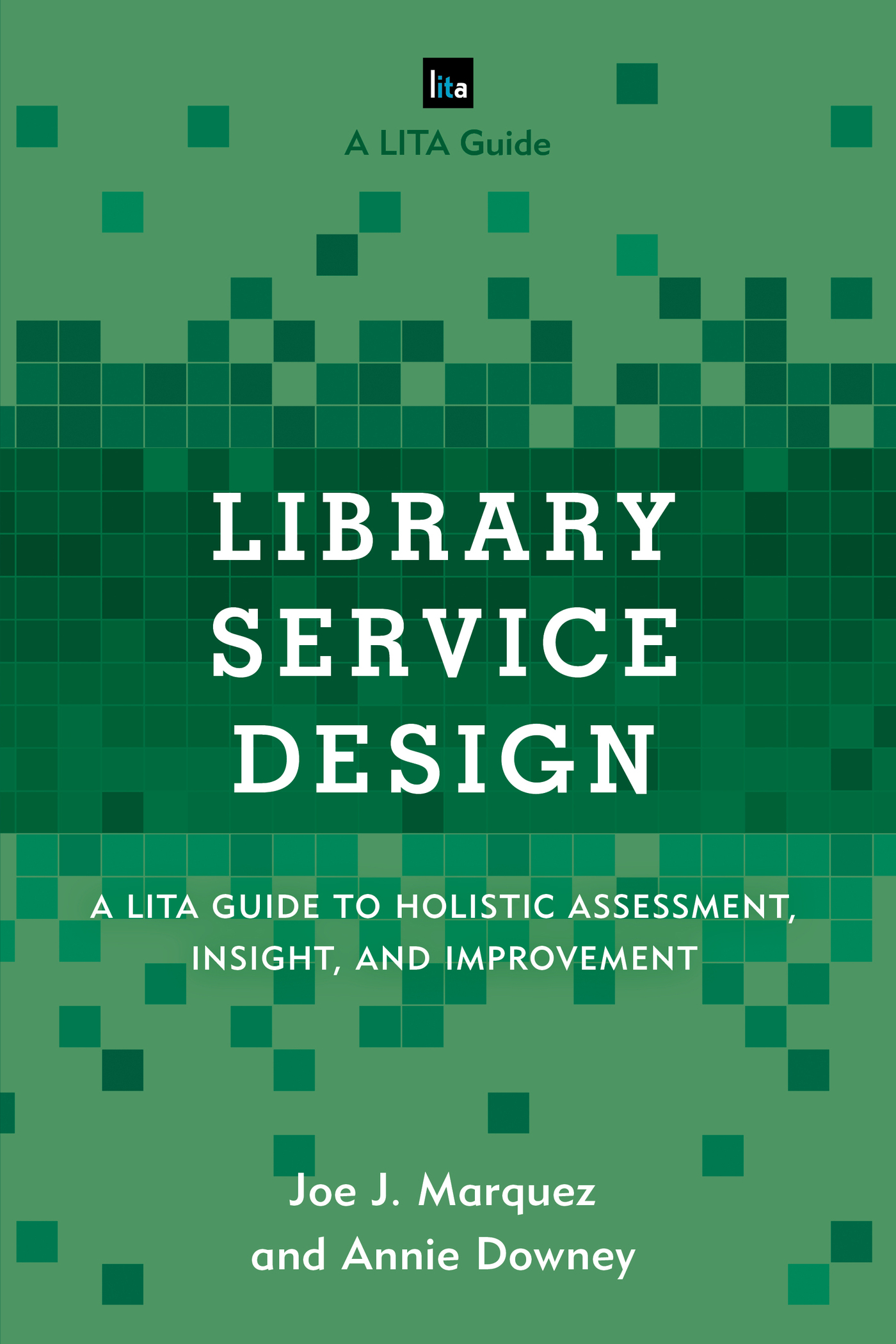Library Service Design
LIBRARY INFORMATION TECHNOLOGY ASSOCIATION (LITA) GUIDES
Marta Mestrovic Deyrup, Ph.D.
Acquisitions Editor, Library Information and Technology Association,
a division of the American Library Association
The Library Information Technology Association (LITA) Guides provide information and guidance on topics related to cutting edge technology for library and IT specialists.
Written by top professionals in the field of technology, the guides are sought after by librarians wishing to learn a new skill or to become current in todays best practices.
Each book in the series has been overseen editorially since conception by LITA and reviewed by LITA members with special expertise in the specialty area of the book.
Established in 1966, the Library and Information Technology Association (LITA) is the division of the American Library Association (ALA) that provides its members and the library and information science community as a whole with a forum for discussion, an environment for learning, and a program for actions on the design, development, and implementation of automated and technological systems in the library and information science field.
Approximately 25 LITA Guides were published by Neal-Schuman and ALA between 2007 and 2015. Rowman & Littlefield took over publication of the series beginning in late 2015. Books in the series published by Rowman & Littlefield are:
1. Digitizing Flat Media: Principles and Practices
2. The Librarians Introduction to Programming Languages
3. Library Service Design: A LITA Guide to Holistic Assessment, Insight, and Improvement
A LITA Guide to Holistic Assessment,
Insight, and Improvement
Joe J. Marquez and Annie Downey
ROWMAN & LITTLEFIELD
Lanham Boulder New York London
Published by Rowman & Littlefield
A wholly owned subsidiary of The Rowman & Littlefield Publishing Group, Inc.
4501 Forbes Boulevard, Suite 200, Lanham, Maryland 20706
www.rowman.com
Unit A, Whitacre Mews, 26-34 Stannary Street, London SE11 4AB
Copyright 2016 by American Library Association
All rights reserved. No part of this book may be reproduced in any form or by any electronic or mechanical means, including information storage and retrieval systems, without written permission from the publisher, except by a reviewer who may quote passages in a review.
British Library Cataloguing in Publication Information Available
Library of Congress Cataloging-in-Publication Data Available
ISBN 978-1-4422-6383-3 (hardcover : alk. paper)
ISBN 978-1-4422-6384-0 (pbk : alk. paper)
ISBN 978-1-4422-6385-7 (ebook)
 TM The paper used in this publication meets the minimum requirements of American National Standard for Information Sciences Permanence of Paper for Printed Library Materials, ANSI/NISO Z39.48-1992.
TM The paper used in this publication meets the minimum requirements of American National Standard for Information Sciences Permanence of Paper for Printed Library Materials, ANSI/NISO Z39.48-1992.
Printed in the United States of America
For Korey, Beni, and Theo
For Maggie Anne, Livvie, and Sophie
Illustrations
Figure 1.1. The library as a tightly coupled system.
Figure 2.1. A student using a library table as a service to complete a homework assignment.
Figure 2.2. Life does not come with a progress bar. Providing a feedback mechanism where possible will help the patron know how long they have to wait.
Figure 2.3. Two young library patrons using a table to suit their needs.
Figure 3.1. A research team librarian works with a member of the UWG to help visualize research behavior.
Figure 4.1. An ecology map.
Figure 4.2. Persona of the undergraduate student.
Figure 4.3. Customer journey map divided by region.
Figure 4.4. Customer journey map detailing the users journey to check out a book.
Figure 4.5. Customer journey map highlighting pinch and decision points.
Figure 4.6. User journal entry.
Figure 4.7. User journal entry with synthesis comments.
Figure 4.8. A scenario depicts a scene from the library.
Figure 4.9. Wardrobe box before prototyping.
Figure 4.10. Wardrobe box being used as a prototype for the reference desk.
Figure 4.11. The space before using a low-tech hologram.
Figure 4.12. The space when viewed using a low-tech hologram, demonstrating the presence of a new service point.
Figure 4.13. The graffiti wall being used to solicit feedback on a homepage redesign.
Figure 4.14. Blueprint of the steps required for a user to check out a book.
Figure 5.1. A user sitting at a table using a laptop with the laptop plugged in.
Figure 5.2. A user sitting at a table using a laptop with the power cord draped through stacks to reach an outlet.
Figure 5.3. A user adapting a flat surface to make a standing desk.
Figure 5.4. A user adapting a slanted surface to make a standing desk.
Figure 5.5. Predicting the future is hard. Here we see a former media desk shuttered due to an unforeseen change in how patrons consume media.
Preface
Purpose
Library Service Design: A LITA Guide to Holistic Assessment, Insight, and Improvement covers all things service design in libraries. The purpose is to introduce and educate readers about the service design methodology and tools. The genesis of this book was our Library User Experience (LUX) team being asked to look at redesigning our library website. This quickly grew to include looking at our physical touchpoints and eventually to understanding how space was being used throughout the library. At that point, we needed a design methodology that could see beyond a single touchpoint. We discovered service design through the process of looking for a method to evaluate the library holistically. After seeing how well it worked in our environment and how useful service design was for assessing and refining library services, we decided it was too good not to share.
Until now, libraries have not had a reliable and holistic method for assessing services and resources. Attend any conference and you will see a hodgepodge of methods and how they have worked for specific environments. In recent years, we have seen the introduction of usability studies, anthropological methods, and a focus on qualitative methods for better understanding our users. Words like ethnography and user experience have entered the librarians lexicon. There are now entire tracks at conferences dedicated to the usability of library websites and catalog interfaces. But the users experience is more than just a single interaction with an interface. If you believe this, as we do, Library Service Design is for you.
This is not a cookbook of recipes. It does not prescribe how to conduct a service design research project. The good thing is that there is no one way. The bad thing is that there is no one way. We have organized the content into sections that can be read from cover to cover, or as needed. Piece things together. Mix and match. Combine tools and processes with other methodologies. Do your best and what works for your library and team.
Audience
This book was written by librarians for librarians and library staff to rethink how we currently view library services. At the time of this writing, service design and methods related to design thinking are not unfamiliar in the private sector, but are only now getting much needed press time among librarians and in library literature and media. Librarianship, at its heart, is about service delivery. What better way to rethink our services than through an evidence-based design methodology.
Next page
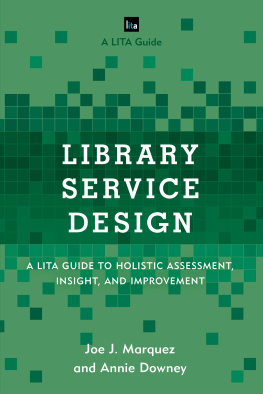
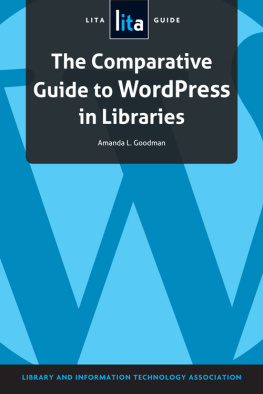

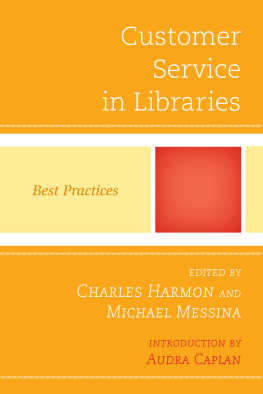
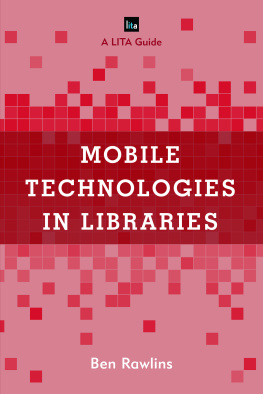
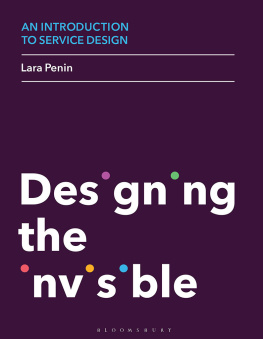
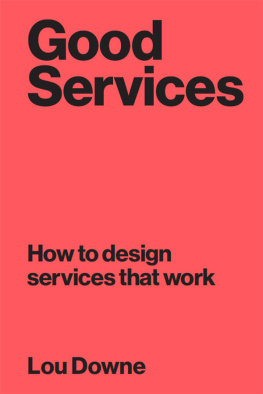
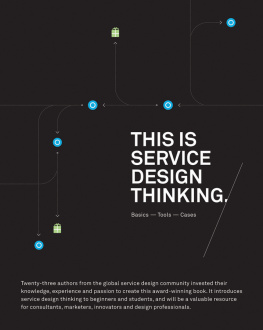
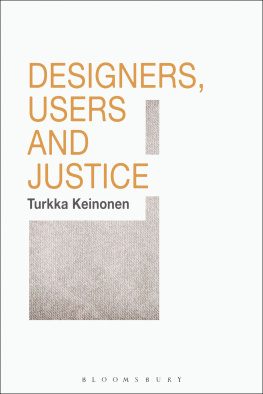
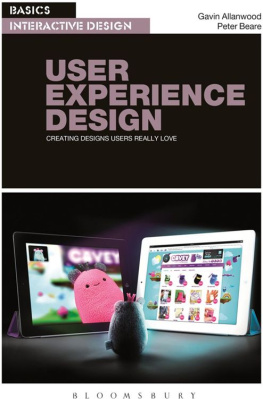
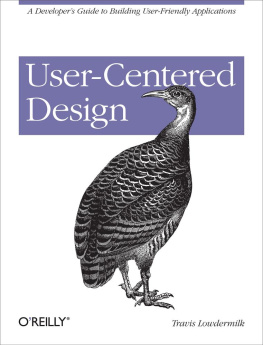
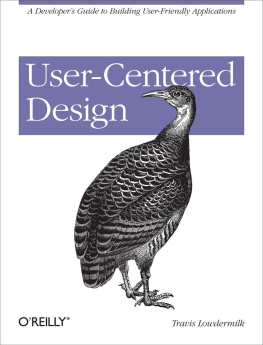
 TM The paper used in this publication meets the minimum requirements of American National Standard for Information Sciences Permanence of Paper for Printed Library Materials, ANSI/NISO Z39.48-1992.
TM The paper used in this publication meets the minimum requirements of American National Standard for Information Sciences Permanence of Paper for Printed Library Materials, ANSI/NISO Z39.48-1992.